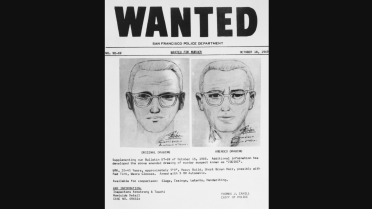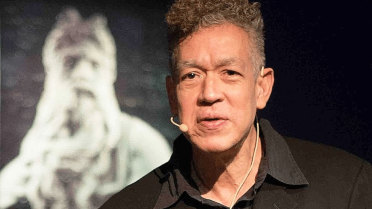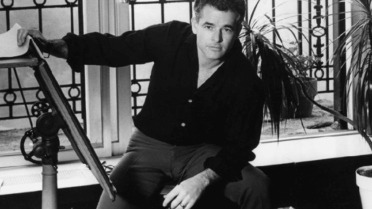If you have seen The Good Doctor, you might have wondered how Freddie Highmore plays Dr. Shaun Murphy so well.
His performance as an autistic surgeon feels so real that many people ask, “Is he actually autistic?”
From the way he talks to his body language, everything seems very natural.
With more focus on autism in TV and movies, it’s a fair question.
So, is it personal experience or just great acting?
Let’s find out the truth behind his role.
Is Freddie Highmore Autistic? Here’s What’s True
Let’s clear up the confusion: Freddie Highmore does not have autism and is not on the autism spectrum. He has openly stated that he is neurotypical, meaning he does not have a neurological condition like autism.
What makes his performance on The Good Doctor so convincing is his deep commitment to research and preparation.
Moreover, Highmore is simply a skilled and dedicated actor who took the time to understand and respectfully portray a character with autism.
Why the Confusion?
It’s totally understandable why people might think otherwise, though his performance is so nuanced and believable that it’s natural to assume he is drawing from lived experience.
The way he portrays Shaun’s mannerisms, speech patterns, social interactions, and sensory responses is incredibly detailed, but it’s all the result of extensive research and preparation, not personal experience with autism.
How Freddie Highmore Prepared for The Role?
So if Highmore isn’t autistic, how did he manage to create such an authentic portrayal?
The answer lies in his incredibly thorough preparation process.
Deep Research
Highmore didn’t just wing it when he took on this role. He is involved deeply in understanding autism:
- Books: Read extensively about autism spectrum disorders
- Documentaries: Watched countless hours of autism-related content
- Academic research: Studied scientific literature on autism
- Medical journals: Learned about savant syndrome specifically
Expert Collaboration
- Key Partnership: From day one, Highmore worked closely with autism consultant Melissa Reiner, who guided his performance and ensured accuracy.
Real Stories, Real People
Highmore also drew inspiration from real people’s experiences with autism:
- Listened to stories from individuals on the spectrum
- Connected with families affected by autism
- Drew from some personal connections in his own life
- Understood that autism isn’t just a list of symptoms
Here’s a quick snapshot of Freddie Highmore talking about his role in the show:
Portrayal of Autism in The Good Doctor
The autism community has mostly responded positively to The Good Doctor, though some concerns remain.
Many viewers appreciate how accurately the show portrays traits such as social awkwardness, sensory issues, and Shaun’s processing of information.
His character isn’t defined only by his challenges; it also highlights his strengths, growth, and abilities as a doctor, offering a balanced view of autism.
The show also portrays real workplace struggles, including misunderstandings and the need for accommodations.
However, some critics note that not all autistic people have savant skills like Shaun, and that this portrayal might lead to unrealistic expectations.
Autism is a spectrum, and while the show makes some effort to show that, Shaun’s rare combination of traits doesn’t represent everyone’s experience.
How Does Autism Look in Real Life?
Before we get into why representation matters, let’s talk about what autism looks like beyond TV screens.
The reality is that autism is incredibly diverse; no two people with autism are exactly alike.
When we say “autism spectrum,” we are talking about a wide range of experiences:
Communication Differences
- Some people are non-verbal, others are very verbal.
- And some struggle with social cues, while others learn to understand them well.
- Some prefer direct communication, others use alternative methods.
Sensory Experiences
- Lights might be too bright or sounds too loud.
- Textures could feel overwhelming or comforting.
- Some people seek sensory input; others avoid it.
- Each person has unique sensory preferences.
Social Interactions
- Making eye contact might be uncomfortable or unnatural.
- Reading facial expressions and body language can be challenging.
- Friendships might look different, but they are just as meaningful.
- Some people are introverted, others are quite social.
Final Thoughts
Ultimately, Freddie Highmore’s role as Dr. Shaun Murphy shows just how powerful and thoughtful acting can be.
Even without lived experience, his respectful approach has helped bring autism into the spotlight in a way that feels real and meaningful to many viewers.
It’s a reminder that when representation is handled with care, it can educate, inspire, and create real understanding.




















